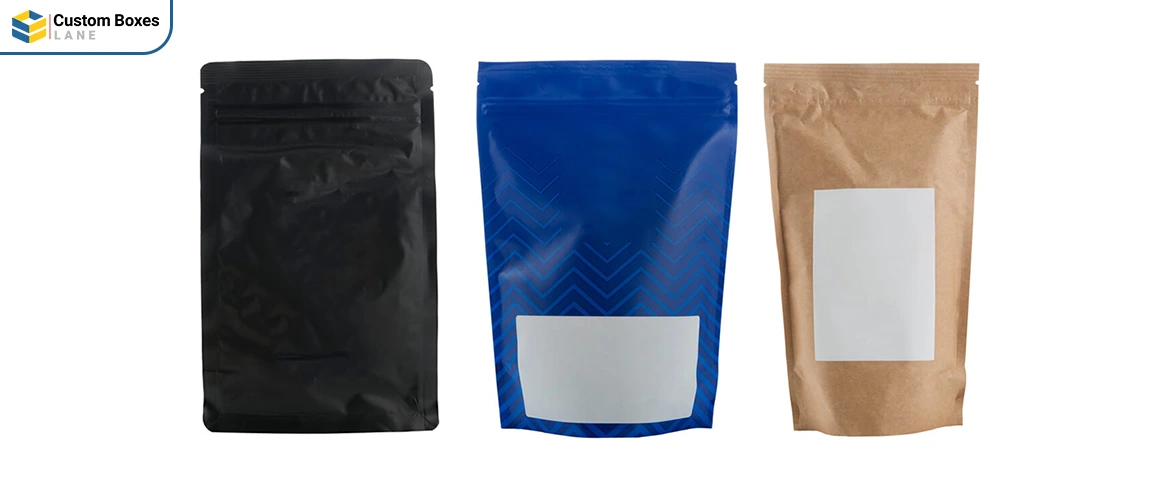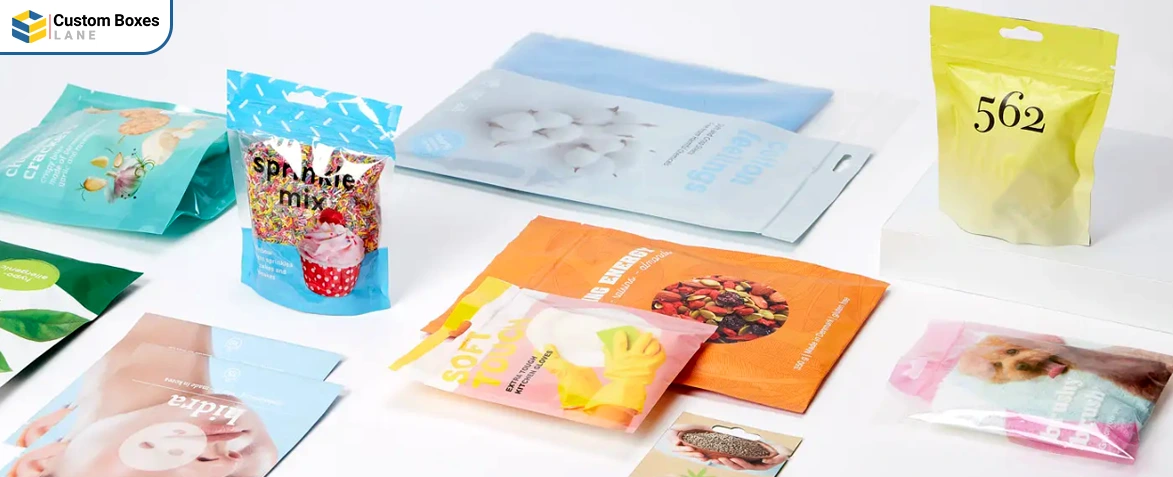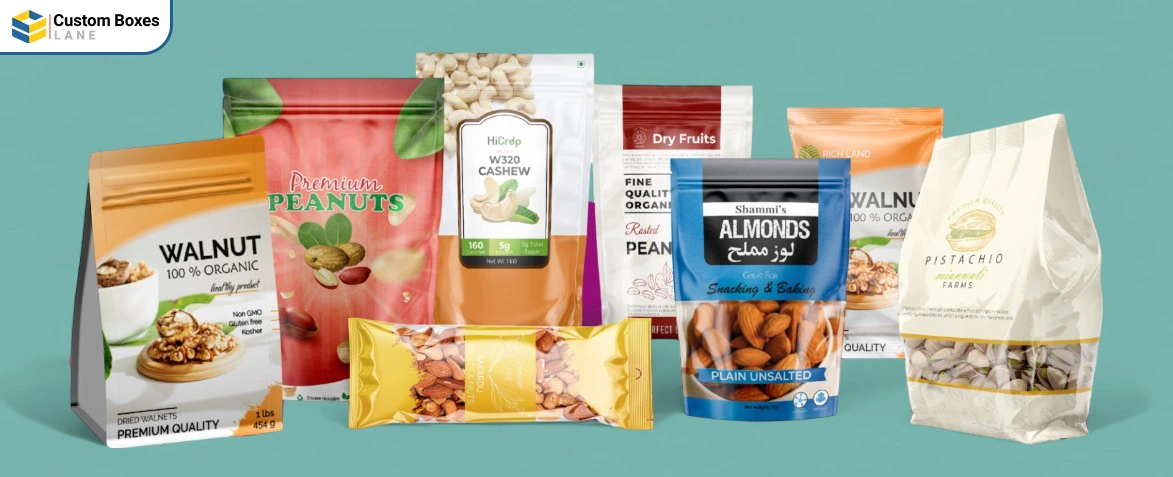Avoiding Pitfalls in Custom Flexible Packaging
2025-06-18 12:34:06

Custom flexible packaging is not just a protective wrap—it's an essential part of your brand strategy. Done right, it adds shelf presence, product protection, and brand value expression. Done wrong, it results in wasted budgets, disappointed customers, and lost sales opportunities. In today's highly competitive retail environment, it's crucial to avoid custom flexible packaging pitfalls to achieve success.
Key Errors in Custom Flexible Packaging (and How to Correct Them)
-
Lack of Alignment Between Packaging and Brand Personality
If your packaging design does not match your brand's personality, it confuses the customer and dilutes brand perception. A luxury coffee company using cheap plastic bags or excessively flashy graphics sends conflicting signals. Recent studies show that more than 65% of customers are attracted to packaging that aligns with brand personality.
Solution: Start with your visual voice—lean, whimsical, organic, or luxury. Select fonts, colors, and graphic elements that match that tone. Work with skilled designers and validate concepts through customer feedback before launch. For example, an organic snack brand might use kraft paper textures and muted hues to reflect its green ethos.
-
Packaging That Does Not Protect the Product
A visually appealing package that cannot endure shipping or storage can be disastrous. Perishables or fragile products need specialized packaging materials. Water, light, and oxygen are the enemies of freshness and safety. For example, food producers using thin or non-barrier films often face spoilage, returns, or complaints.
Solution: Choose materials based on your product's vulnerabilities. For oxygen- and moisture-sensitive goods, use multi-layer laminates with strong barrier properties. If your product is frozen or sharp-edged (like seafood or jerky), ensure puncture resistance and cold durability. Always test in real-world scenarios—drop tests, temperature fluctuations, and shipping simulation.
-
Unnecessary or Confusing Features
Over-engineered features like triple-seal zippers, unnecessary spouts, or rigid closures can frustrate consumers more than they help. A resealable bag is great—if it’s easy to use. Packaging surveys show that more than 50% of consumers have stopped buying a product due to poor packaging usability.
Solution: Prioritize the user experience. Include intuitive features such as single-track zippers, tear notches, or ergonomic spouts where applicable. Conduct usability testing on your target audience. Simpler designs not only improve satisfaction but also lower production costs.
-
Sloppy Cost Planning
Premium finishes, small production runs, and specialized features can cause custom flexible packaging costs to spiral. Startups often underestimate how much packaging eats into their budget. Launching with metallic finishes and unusual shapes can force unsustainable price increases that push customers away.
Solution: Opt for digital printing in short runs—it’s cost-effective and quick to iterate. Avoid expensive finishes unless targeting luxury segments. Use standard pouch formats and reserve complex features (like spouts) for high-margin items. Early budget planning helps reallocate savings toward marketing or scaling.
-
Regulatory Oversight
Ignoring compliance is not an option—especially for food, cosmetics, or pharmaceuticals. Inaccurate labeling, unapproved materials, or skipped food-safety protocols can lead to costly fines or recalls. Even a simple allergen mislabeling could cost thousands.
Solution: Work with suppliers knowledgeable in FDA, USDA, or regional regulations. For food items, ensure all materials are certified food-safe. Use compliant, legible labels including ingredients, nutrition facts, and expiration dates. For cannabis or supplements, add tamper-evident and child-resistant features where required.
Why Avoiding These Mistakes Matters

Packaging is your product’s first handshake with the customer. Studies show up to 60% of new customers make purchasing decisions based solely on packaging. Flimsy construction, usability issues, or off-brand design can kill repeat sales. On the flip side, premium packaging builds trust, boosts brand loyalty, and improves shelf visibility.
Well-planned custom flexible packaging also reduces long-term costs. Durable, user-friendly, and economical designs minimize returns, streamline logistics, and simplify manufacturing.
Your Path to Better Custom Flexible Packaging

To ensure your packaging strategy succeeds, follow this checklist:
- Start with Brand Discovery: Define what your brand stands for. Align materials and visuals accordingly.
- Evaluate Product Sensitivity: Is your product vulnerable to UV, oxygen, or moisture? Choose materials that protect accordingly.
- Prioritize End-User Experience: Conduct usability tests to identify pain points.
- Plan Costs Realistically: Gather quotes early, compare material options, and keep designs scalable.
- Ensure Legal Compliance: Verify all regulatory requirements are met—especially for consumables.
- Iterate with Data: Track performance, returns, and feedback to guide future improvements.
Innovations Shaping Custom Flexible Packaging’s Future

The packaging industry continues to evolve rapidly. Watch for these emerging trends:
- Digital-First Printing: Enables affordable short runs with professional quality—great for small brands or limited editions.
- Sustainable Materials: Compostable, recyclable, and biodegradable films are gaining popularity, especially among eco-conscious consumers.
- Smart Interactivity: QR codes for usage tips, recycling info, or loyalty programs build customer engagement.
- Modular Components: Swappable reseal closures or zippers make it easier to scale across SKUs.
- AI-Assisted Design: AI tools simulate performance in silico, reducing prototyping time and cost.
Conclusion
Great custom flexible packaging isn’t just a vessel—it’s a value multiplier. When your pouches are protective, user-friendly, compliant, and visually aligned with your brand, they become a strategic asset. Avoiding common pitfalls and applying smart design and planning decisions can help transform your packaging into a loyalty-driving, cost-saving, and brand-building powerhouse.
Your packaging is the handshake between your product and the customer—make it strong, smart, and unforgettable.

